If 2014 was a seismic year for the supermarkets, it wasn’t exactly tremor free for the franchise and symbol sector. At the start of the year, the Tesco-owned c-store chain One Stop burst on to the scene by officially launching its franchise offer to indies. In the summer, Costcutter moved distribution from Nisa to Palmer & Harvey and their new buying company, The Buyco, was established.
Add outside forces such as the continued growth of the discounters and the ongoing expansion of supermarket c-store estates, and 2014 proved a turbulent one for independent retailers, with the fallout extending far and wide.
So as the sector starts 2015, how do the franchises and fascias stack up? How much switching is going on? And how are operators facing up to the intense competition?
“I had to change symbol group as there was an inability to have deliveries on time and in full. Now availability is around 99%”
The changes at both One Stop and Costcutter last year certainly caused ripples within the sector. Costcutter’s tie-up with P&H led to huge delivery and availability woes that are still to be completely ironed out. These problems contributed to the loss of at least six retailers to Nisa, including Paul Cheema - the chairman of its Retailer Forum (which has subsequently been relaunched) - and, as The Grocer revealed last week, Coscutter founder Colin Graves (his brother Dennis switched in 2013).
“I had to change symbol group as there was an inability to have deliveries on time and in full as promised,” says Paul Sohal, who runs eight stores in Derbyshire, of his switch in September. “Now availability is 99%.”
However, Costcutter retail director Daniel Quest insists Costcutter saw “continued growth in recruitment over the last 12 months with fewer than average retailers moving to other groups and a significant net increase in store numbers.
“There is always movement between symbol groups but our recruitment figures from 2014 give us confidence we will continue to attract far more retailers into Costcutter than decide to leave,” he adds.
One Stop Franchise’s official launch in January put the cat among the pigeons, too. It launched after testing the franchise format in five sites, but now has more than 80 stores. A number of high-profile indies were lured by the new offer on the block - including Londis retailer Sunder Sandher, who said in March: “I’ve been happy with Londis for 21 years, but it’s all about taking my business to the next level.”
“Launching our franchise model was the single most important thing we did in 2014,” says One Stop franchise director Andrew King. “It’s been recognised throughout the sector as a game-changing moment as it offers independent retailers a credible alternative to the symbol model. The retailers who are currently operating as franchisees are seeing positive growth within their business. We believe we offer something very different to independent retailers and that our retail experience sets us apart from traditional symbols.”
Unfortunately, most of the fascia and franchise operators declined to provide switching data, or even simply business wins. Of the 12 reported (see p39), Nisa won eight (including six from Costcutter) and One Stop four. But that doesn’t tell the whole story.
King believes there was more switching than usual between symbol groups in 2014 “due to changes within the structure of the symbol market.” Many of his rival counterparts share the same view.
“Many groups are actively targeting stores belonging to other groups and offering lucrative incentives to switch”
“There was definitely more symbol switching in 2014 and I believe this trend will continue in 2015,” says Landmark Wholesale retail controller Stuart Johnson. “Retailers under pressure are looking for a better-value alternative group where they can control costs better and purchase goods at the best possible price. Many groups are actively targeting stores belonging to other groups and offering lucrative incentives to switch. They do this because the pool of larger, unaffiliated convenience stores has diminished.”
Bestway Wholesale symbol director James Hall agrees there’s more switching to come “as many symbol groups struggle to meet their retailers’ needs or continue to struggle with the fundamentals of availability and price competitiveness.”
Today’s Group retail director John Kinney adds: “There’s significant change happening within the convenience channel at the moment. For many retailers, these changes are creating uncertainty - the result is that retailers are beginning to look beyond their current provider. I wouldn’t be surprised if the shape of the wholesale and symbol sector looked different in 12 months’ time.”
Nonetheless, only 13% of retailers are actively considering switching, according to independent research conducted exclusively for The Grocer (see p46).
One of the biggest casualties from the turmoil has been Musgrave. In May, it revealed sales in its GB business - which includes Londis and Budgens - fell 3% in 2013, with CEO Chris Martin admitting the business had “seriously underperformed”. UK MD Donal Horgan took the rap for a growth strategy that “did not deliver profitable sales”, forcing the Irish group to write down €131m of assets. Horgan was replaced by Peter Ridler.
Pledging a “more measured” approach to business development, Martin said it would be cracking down on store standards. Five months later, Martin revealed stricter disciplines meant the number of Londis retailers had fallen 10%. But it also added 60 new stores. And it recently reported that a new Budgens ‘lab’ store in Dorset delivered a 24% uplift in sales.
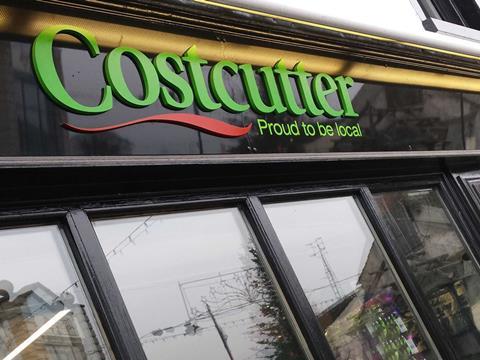
Fragmented
Despite the switching flurry, and notwithstanding Nisa’s success in winning back old customers, there’s no set pattern as to where retailers are choosing to move from/to. Bargain Booze says it is “continuing to attract great retailers from Nisa, Budgens and Spar.” Others refuse to provide details of sources because, as one senior convenience figure puts it, “we’re all winning business from each other.”
The situation is further complicated, adds the figure, because switching is happening at a local level rather than on a national scale. Retailers are not looking at which symbol group they want to join, but rather which fascia is right for the location of their store, he says.
“People are definitely looking more because there’s a lot of nervousness about,” he adds. “I think the market will get more fragmented because there’s more choice and with so many changes in the market last year, it is making retailers really evaluate the service they get from their operator.”
Amidst the uncertainty, there are clearly winners as well as losers. Bargain Booze, for example, says the profits of its franchisees increased an average of 10% in 2014; Bestway claims Best-one sales grew 30% in 2014. Though some of the growth was driven by retailer recruitment, Hall says the majority came from a 25% increase in like-for-like sales from existing stores, boosted by its My Rewards rebate scheme. Lifestyle Express stores were equally buoyant, with stores collectively showing 13% year-on-year growth. Premier, meanwhile, reported its 12th consecutive year of double-digit sales growth and says it is on track to make it 13 this year.
As well as positive trading, 2014 also saw a host of new initiatives launched by symbol operators in a bid to provide added value for existing retailers and entice new ones. These included everything from a new app-based loyalty scheme by Bargain Booze and a Shop & Win mobile campaign by Spar, to Premier’s debut national TV advertising campaign and a huge revamp of Nisa’s three-tier own-label range Heritage.
Franchise and fascia operators have been forced to up their game in the past year as competition has reached an all-time high - not just from rival operators, but also from the mults and the discounters. Not that anyone can agree which of these is the biggest threat.
Simply Fresh, for example, believes the discounters are the cause of the most headaches. “They are really shaping the fmcg market and consumer perception,” says managing director Kash Khera. “As they threaten to open even smaller stores, they become a larger threat to symbols.”
Spar UK head of retail Ian Taylor adds: “It is difficult to evaluate how much the discounters have affected our business but they have created a maelstrom of price activity from the supermarkets, which prompts us to review our value proposition, We are reacting to this without losing track of the fact that differentiation rather than attempting to join the price war is probably key to Spar’s success.”
But Landmark’s Johnson says: “Discounters are a threat due to their smaller size and the fact that it is regarded as a trend to shop with them. However, I believe that our biggest threat will come from other symbol operators, which are waking up to how lucrative smaller stores can be.”
Conversely, supermarkets seem to now be viewed as less of a threat than before despite their continued encroachment into convenience. Perhaps this is because they are an old and well-known adversary that symbols have become used to sparring with? Or, as supermarkets bid to stem falling sales in their big-box stores, their c-stores are simply cannibalising their own sales rather than taking share from the franchise sector.
“As a shorthand for what’s happening, the selection in a Tesco Express or Sainsbury’s Local is instructive,” says a leading symbol CEO. “It’s dominated by ready meals sales. Those are not sales that an independent is losing. It’s more likely to be from their own big sheds as consumer behaviour changes.”
Bestway’s Hall agrees: “Much of the multiples’ c-store growth is being cannibalised from their own superstores, evidenced by their falling sales and profitability and caused by shoppers’ desire to shop locally at stores where they are finding promotions equivalent to those they would find in larger stores.”
But Today’s Kinney argues: “The multiples are chasing lost sales through the convenience channel. They have lost share from one model and are desperately trying to recover their market share via convenience. So this is not cannibalisation as they are recovering lost sales from another channel in their portfolio.”
Get your act together
Reassuringly, great independent retailers are proving that it’s still possible to thrive. The senior convenience figure adds: “If you’ve got a good symbol store, a supermarket next door won’t take share off you. There’s lots of examples of symbols in London who are doing really well, even though Sainsbury’s and Tesco have changed the dynamics of the sector there. If you get your act together, you can flourish.”
One such example is a Today’s Express store that recently opened in Fulham. “It used to be a dry cleaner’s and almost overnight it’s become a destination for wine and spirits,” explains Today’s Kinney. “The owner has wine tastings for customers every Friday night and, based on its success, plans to extend the store further.”
Competition is a chance for indies to show off their USP, believes Spar’s Taylor. “In many ways it has provided us with a new performance benchmark and has helped us demonstrate the opportunities they don’t have,” he explains. “We are better able to adapt our offer locally, thanks to the entrepreneurship of our retailers.”
Khera agrees: “The discounters really suffer with poor customer service, but the consumer is ready to compromise service for price. We have tried to combat this with healthier, local produce, greater consumer and community engagement and an enhanced focus on value and service. Service and value are the two biggest attributes independents have to fight the mults.”
It’s all about knowing your customer, Khera adds: “The convenience sector needs to adapt and provide a targeted shopping experience for an ever-changing demographic. As consumers get younger and more responsive to new forms of technology, there is a real need to understand the shopping habits of the next millenial consumer.”
Indeed, new research released by Him! last week profiled a new breed of convenience shopper - Generation C. It found that for Generation C shoppers, grocery shopping was “an inconvenience in itself” so their choices were driven by service and experience.
Because they have 24-hour access to information on products and services, price comparisons, availability checks, next day delivery, product reviews and suggestions, they demand ever-improving service levels - and would use social media to complain if they didn’t get the service they expected.
Further demands from Generation C include ‘help’ to decide what to eat - so Him! predicts ‘meal solutions’ such as meal deals and kits will become increasingly important - and a ‘personal concierge’ service because Generation C shoppers expect c-stores to offer services such as parcel collection, cash machines, facilities for paying bills or topping up mobiles, and coffee machines.
Competition is everywhere and with the franchise and fascia sector coming through a frantic year of switching, operators and retailers need to look for solutions from within in 2015.
As Richard Cousins, head of Family Shopper, succinctly puts it. “Complacency is the biggest threat. Respect your consumers, listen to what they need from your store, and react. Every retailer needs to keep on top of his game to ensure they are focusing on the important things - availability, value for money and customer service.”
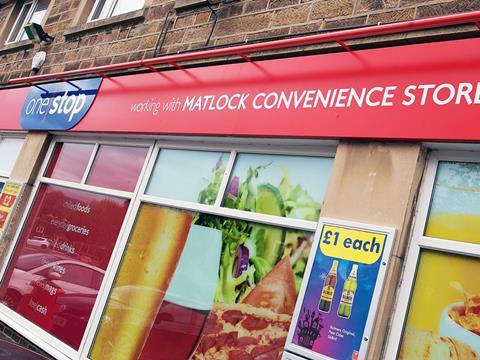



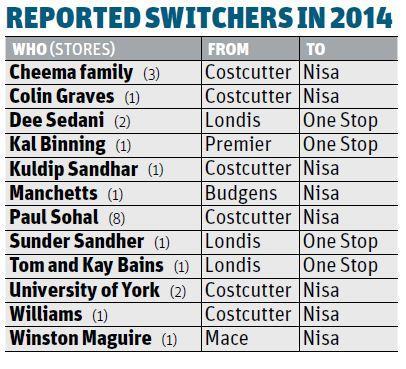











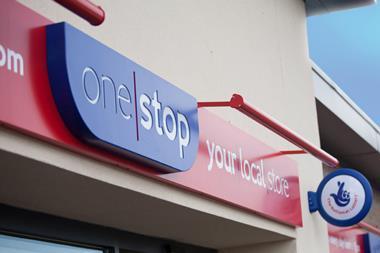
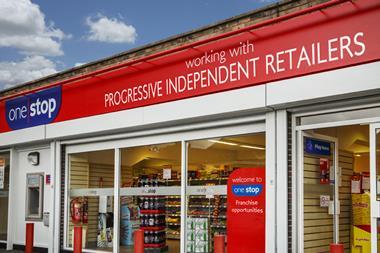
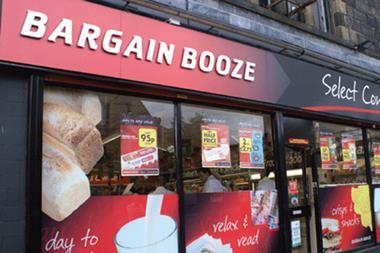
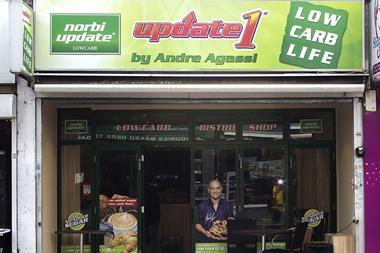
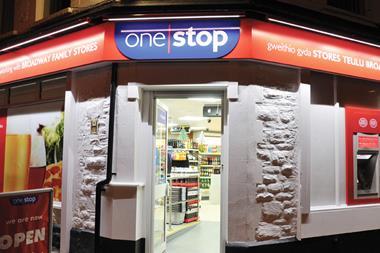

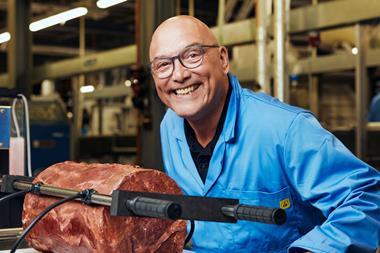
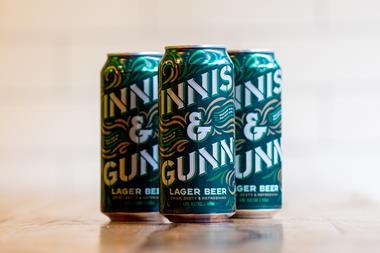




No comments yet